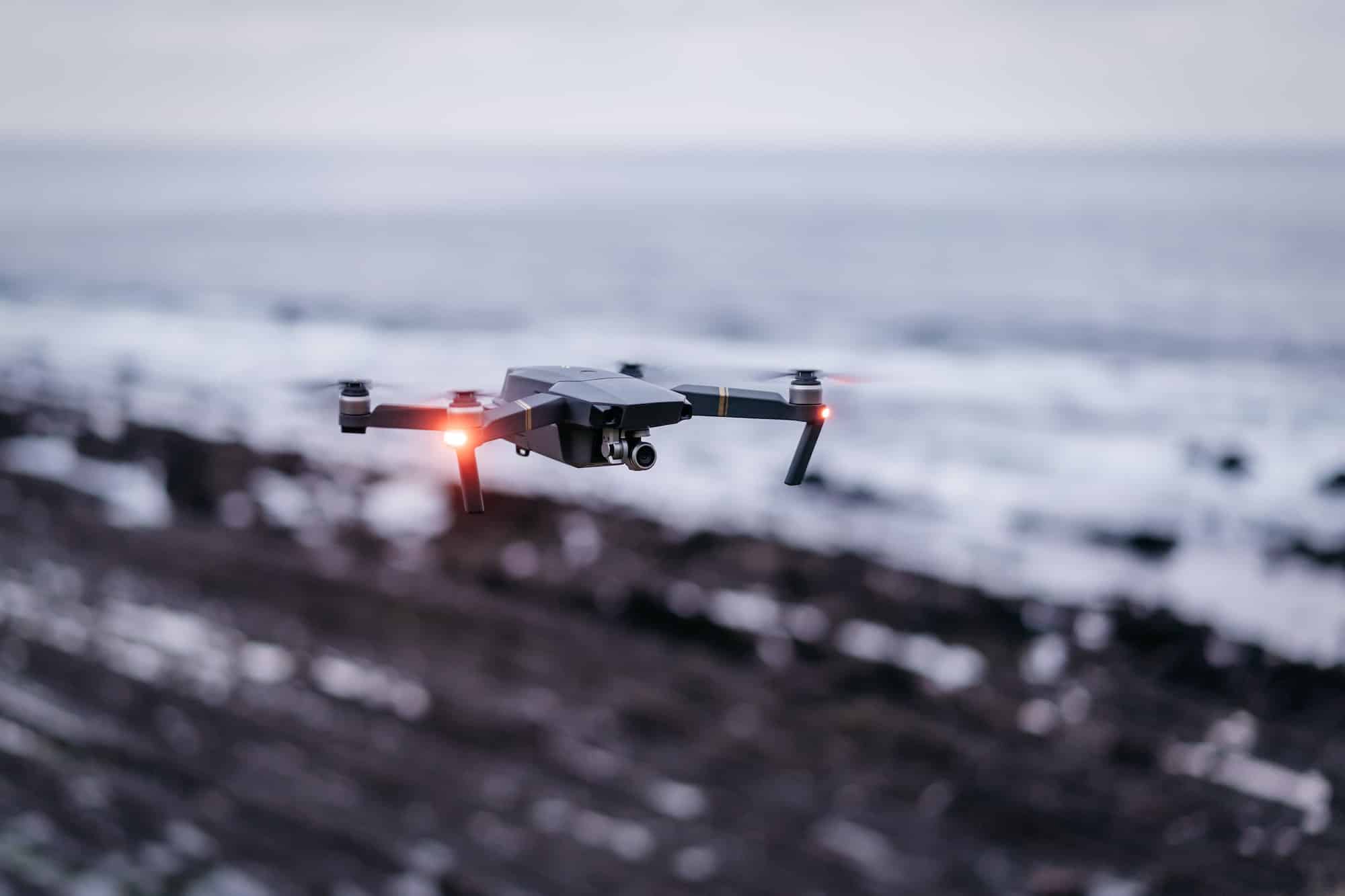What’s the Role of Drones in UK’s Search and Rescue Operations?

Modern technology has dramatically transformed the world, and drones or Unmanned Aerial Vehicles (UAVs) are taking central stage for their versatility and effectiveness. In the UK, drones are becoming an integral part of search and rescue (SAR) operations, revolutionising the way teams respond to emergencies. This article will delve into how these high-tech devices aid in search and rescue missions, highlighting their critical role and potential.
Drones, tiny unmanned aircraft remotely controlled, are soaring to incredible heights in the realm of search and rescue. Coming equipped with advanced sensors, drones have the potential to expedite SAR operations and facilitate more efficient outcomes.
This might interest you : What Are the Best Strategies for Introducing Coding Education in UK Primary Schools?
The Power of High-Tech
Drones used for SAR missions often come equipped with high-resolution cameras that can capture detailed visuals of vast areas. These cameras offer both regular and thermal imaging capabilities. Thermal imaging is particularly beneficial during the night or in low-light situations, as it can detect heat signatures, such as those of a lost hiker.
In addition to cameras, SAR drones also incorporate other sophisticated sensors that provide valuable data. An excellent example is the Lidar (Light Detection and Ranging) technology, which uses light in the form of a pulsed laser to measure distances. This technology can create high-resolution 3D maps of the search area, allowing rescue teams to navigate challenging terrains with ease.
This might interest you : Mastering the essentials: tree surgeon qualifications explained
Efficiency of Drone Operations
One of the significant advantages of using drones for SAR operations is the speed and efficiency they offer. Drones can be rapidly deployed and cover large areas in a short amount of time. They allow SAR teams to search vast expanses of land quickly and systematically without the need for manual labour, saving both time and resources.
Furthermore, drones can access hard-to-reach places, such as steep cliffs, dense forests, or turbulent waters, reducing the risks faced by SAR personnel. They can also continue operations in adverse weather conditions when it might be unsafe for human teams.
Aiding in the drone revolution are notable UAV manufacturers like DJI, who are developing drones specifically tailored for SAR operations.
DJI’s Contribution to SAR Operations
Recognised globally for their innovative drone technology, DJI has made significant strides in supporting SAR missions. They have designed UAVs that are compact, lightweight, and easy to launch, ensuring quick response in times of emergencies. The drones also come equipped with thermal sensors, high-resolution cameras, and smart flight modes to facilitate effective search operations.
Moreover, DJI has introduced drone simulation training software for SAR teams, ensuring that they are adequately prepared to handle real-life scenarios. By providing hands-on training and practical skills, DJI empowers SAR personnel to utilise drone technology efficiently and effectively.
Other Key Players in Drone Manufacturing
Besides DJI, other manufacturers are also contributing to SAR operations with their unique UAV designs. These include companies like FLIR Systems, providing thermal imaging cameras for drones, and Parrot, known for their rugged and waterproof drones suitable for all weather conditions. The constant innovation from these manufacturers ensures that SAR operations are continuously evolving and improving.
While the technology is readily available, the effectiveness of drones in SAR operations ultimately depends on the readiness of SAR teams to deploy and handle the equipment.
The Importance of Training
Proper training is integral for SAR teams to successfully incorporate drones into their operations. This involves learning not only how to fly the UAV and understanding its technical aspects but also knowing when and how to deploy the drone effectively during missions.
Equipping SAR teams with the skills necessary to handle drones, understanding their capabilities and limitations, and making informed decisions during missions is crucial. Training programs, both in-house and from manufacturers like DJI, are available to ensure teams are well-equipped to utilise this technology effectively.
Regulatory Considerations
Beyond the technical skills, SAR teams also need to be cognizant of the regulatory aspects of drone operations. In the UK, the Civil Aviation Authority regulates the use of drones, and it’s essential for SAR teams to understand these rules to carry out operations legally and safely.
In conclusion, drones are undeniably playing a pivotal role in search and rescue operations in the UK, providing teams with the tools to effectively locate and aid those in need. The intersection of cutting-edge technology and human skill sets a promising precedent for the future of SAR operations, pushing the boundaries towards more efficient, safer, and successful outcomes.
The application of drone technology in real-time response has significantly transformed the dynamics of SAR operations in the UK.
Real-Time Data Collection and Analysis
The ability of drones to collect and analyse data in real time has become a game-changer in rescue missions. Equipped with high-resolution cameras and thermal imaging sensors, drones can quickly scan large areas and transmit live footage back to the command centre. This real-time data enables rescue teams to make informed decisions swiftly, accelerating the search process and improving the chances of locating missing persons.
In particular, drone models such as the DJI Mavic and DJI Matrice, are known for their impressive real-time data transmission capabilities. These drones, equipped with thermal cameras and advanced sensors, can detect heat signatures, which is especially useful in locating people in poor visibility conditions.
Effective Communication and Coordination
Drones also play a significant role in enhancing communication and coordination among the emergency services involved in SAR operations. With the live feed provided by drones, all parties can have a unified view of the operation, thus facilitating better coordination.
Moreover, drones equipped with speakers can also be used to communicate with victims directly. In situations where ground teams are unable to reach the victims immediately, drones can be deployed to deliver essential supplies such as water, food, or medication.
Fixed wing drones, unlike their multi-rotor counterparts, have a more aerodynamic design which allows them to cover longer distances and endure extended flight times. This makes them incredibly valuable in SAR operations.
Superior Endurance and Coverage
Fixed wing drones, such as the DJI Matrice, can fly for hours without the need for recharging or refuelling, making them an excellent choice for lengthy rescue missions. Their superior endurance allows them to cover larger search areas, thereby increasing the chances of locating missing persons.
Moreover, these drones can fly at high altitudes without compromising on the quality of the data collected, due to their high-resolution cameras and advanced sensors. This makes them ideal for SAR operations in challenging terrains such as mountains or dense forests.
Lower Operational Costs
Another key advantage of fixed wing drones is their low operational cost. These drones consume less power compared to multi-rotor drones, resulting in lower maintenance and operational costs. As a result, they provide a cost-effective solution for SAR operations, without compromising on the effectiveness of the mission.
The incorporation of drone technology in SAR operations has heralded a new era in search and rescue missions in the UK. The versatility of drones, whether through real-time response or the extended coverage provided by fixed wing models, has significantly increased the efficacy of these missions.
While the technology continues to evolve, the role of well-trained rescue teams remains indispensable. Their ability to harness this technology while navigating regulatory landscape lays the foundation for the success of these operations.
In the coming years, we can expect to see more innovations in the field of UAV technology, further revolutionising the SAR operations and setting new benchmarks in the realm of emergency services. The marriage of cutting-edge technology with human skill promises a future where SAR operations are more efficient, safer, and successful than ever before.
